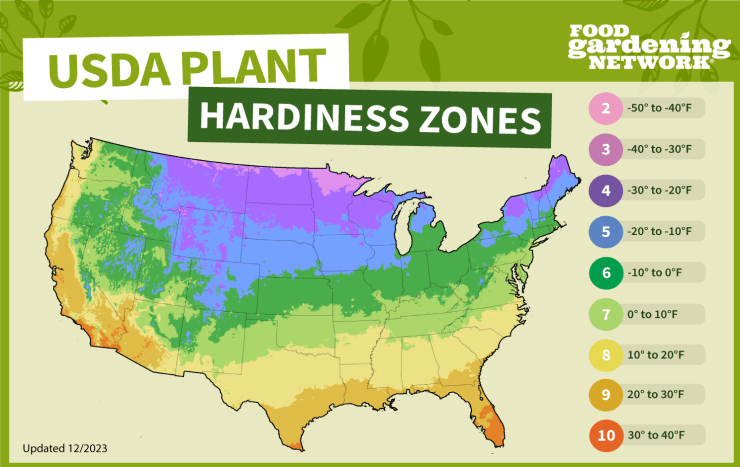Winter squash, like pumpkins, are warm-season plants, and their recommended growing zones are similar. They typically thrive in zones 3 to 9 in the U.S. Here are some examples of states within these recommended growing zones:
Zone 3: Some states in this zone are:
- Parts of Montana
- Parts of North Dakota
- Parts of Minnesota
Zone 4: Some states in this zone are:
- Wisconsin
- Michigan
- Maine
Zone 5: Some states in this zone are:
- Illinois
- Ohio
- Pennsylvania
Zone 6: Some states in this zone are:
- Virginia
- Tennessee
- Missouri
Zone 7: Some states in this zone are:
- North Carolina
- Georgia
- Arkansas
Zone 8: Some states in this zone are:
- Texas
- Louisiana
- Florida
Zone 9: Some states in this zone are:
- Southern California
- Arizona
- Parts of Texas
- Parts of Florida
Regarding growing winter squash indoors, it’s generally not recommended for most varieties due to their size and growing habits. Winter squash plants are usually large, vining plants that require a lot of space and sunlight to produce a good harvest. They also require pollinators, such as bees, for successful fruit development. Growing them indoors can be challenging and may not yield optimal results.
However, if you have limited outdoor space, you might consider growing compact winter squash varieties or other types of small, bushy squash that are better suited for container gardening indoors or in a greenhouse setting.
Check out the USDA Plant Hardiness Zone Map and find out what zone your zip code is located in here. Or you can use our map to get a general idea of what your plant hardiness zone is.



 Previous
Previous

